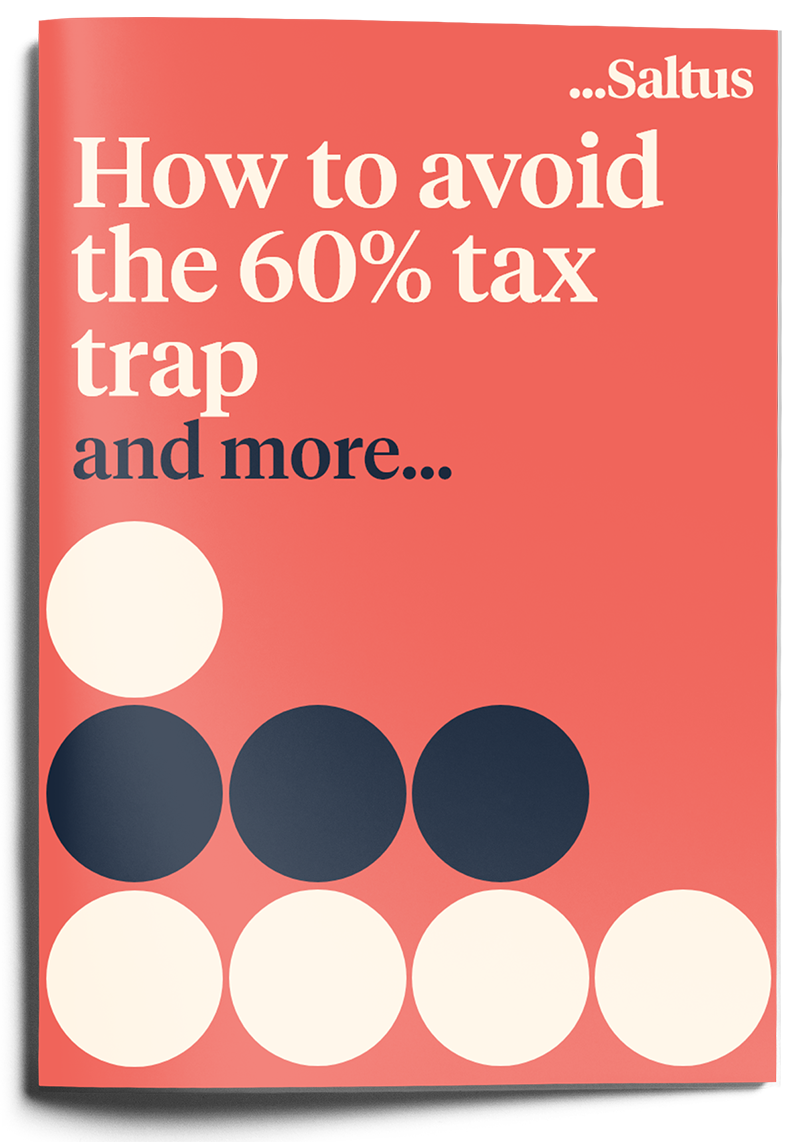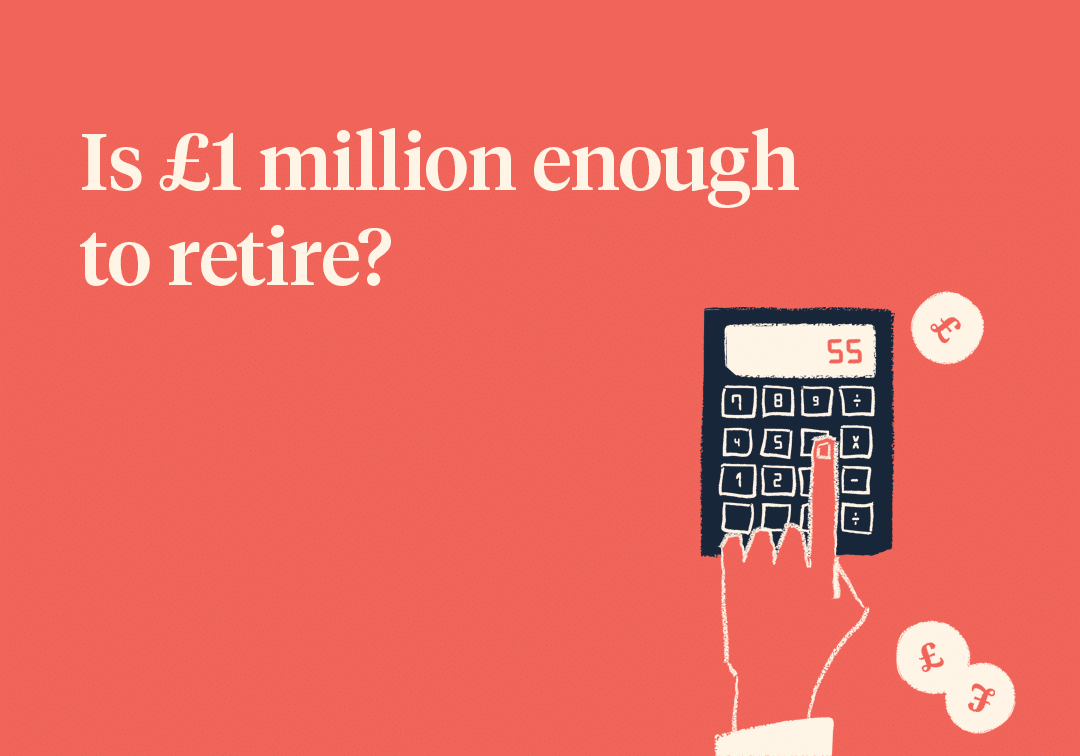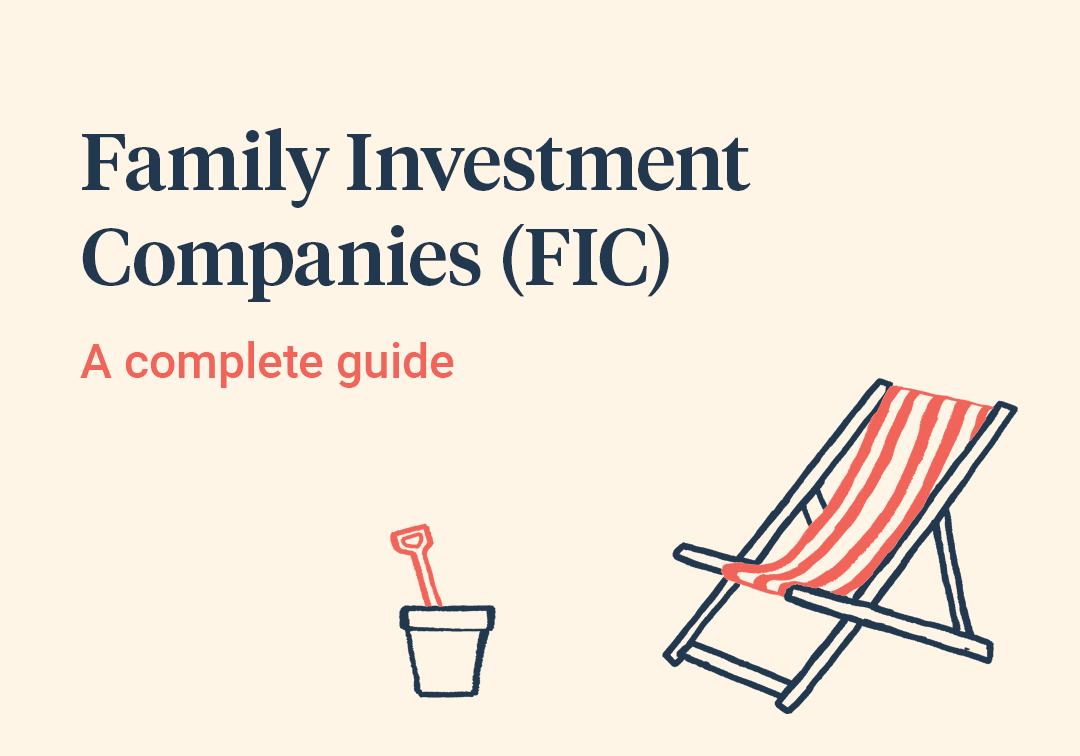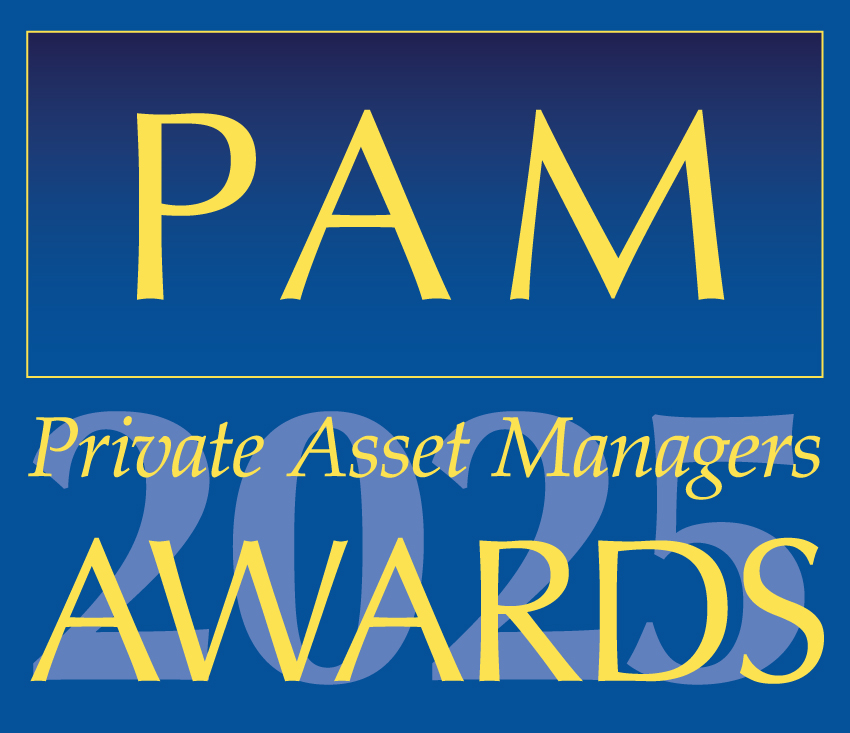What do you do when you don’t have all the appropriate tools in your toolkit? I bet you call in the professionals, as you may have burnt your fingers before trying to be the DIY hero. Well, when it comes to your financial toolkit, I’m here to help provide all the tools you may need. That way, you can brag to your friends about your financial DIY skills and you don’t even need to let them know you’ve had some help along the way.
Pension Contributions
Perhaps one of the most important tools in our toolbox is a well thought out pension contribution. It’s an old, trusted spanner that rarely lets you down and, if you use it properly, allows you to really “tighten up” the tax efficiency.
I’m going to focus on making pension contributions via a method called salary sacrifice, as it allows you to crank out every bit of tax relief that you can. Let’s take £1,000 of taxable income for a higher rate taxpayer. Below is a breakdown of how any income above the higher rate threshold would be taxed:
| Income tax rate | 40% | £400 |
| National insurance additional rate | 2% | £20 |
| Total | 42% | £420 |
That £1000 could soon turn into £580 net if you were to take it as income. How do we fix this? We get out our spanner to tighten up the tax efficiency and pay your £1000 into a pension scheme via salary sacrifice. This allows the full amount to be paid into the pension directly and therefore avoid any tax at source.
£580 becomes £1,000 which equates to a risk-free return of 72%!
“Salary sacrifice pensions allow you to ‘crank’ every bit of tax relief you can”
Just like you have multiple spanners in your toolkit though, there are multiple ways to fund a pension. Remember that there will always be one spanner that is the most suitable for the job depending on your circumstances. If you aren’t sure how to fund your pension in the most efficient way, call up the handyman and take some professional advice.
Individual Savings Account
In our financial planning toolkit, it’s only fitting that we compare your ISA to the spirit level (stay with me!). Your ISA allowance is the first of our “use it or lose it” allowances and is currently at £20,000 for the 2020/21 tax year. Simply by subscribing to your ISA every year, you open the door to a range of benefits:
- All growth within the ISA wrapper is free of Income Tax & Capital Gains Tax
- Any income you take from your ISA will be tax free
- Allowances can be passed on to a spouse at death to retain the tax-efficient wrapper
These are all great benefits in isolation, but the real benefit is the control that an ISA can give to your tax position in retirement (queue the spirit level link…). Pensions are fantastically tax-efficient savings vehicles, but you can back yourself into a corner from a tax perspective when taking income in retirement. A well-funded ISA can balance out (some would say “level” out) your tax liability in retirement. They provide for an exceptionally flexible pot that allows you to draw an element of your income from this pot completely tax-free.
Do you want to improve your tax position?
The more tax you pay, the harder your investments must work to grow your wealth. Our advisers can provide practical advice to help reduce your tax bill. Get in touch to discuss how we can help you.

Pension Carry Forward
Let’s call this one the wheelbarrow. Now, that’s not exactly going to fit in your toolbox but, hopefully, the metaphor will still work.
Once you have used your annual allowance for the current tax year, you may think that your hands are tied when it comes to any further pension funding. Well think again: you can go back a whole three tax years to sweep up any of your unused annual allowance from previous years.
If you had the full annual allowance available for the last three tax years, that could even mean you have the potential to make a gross payment of £120,000 into your pension. What makes this even better is that (if you make a personal contribution) you only need to pay the net figure as you’ll benefit from basic rate tax relief at source. Suddenly, your £120,000 of pension funding has only cost you £96,000.
“You can go back a whole three tax years to sweep up any of your unused allowance from previous tax years”
However, there are some caveats to this as it will depend on affordability as well as your earnings for the current and previous tax years, so it is best to seek professional advice. Let your adviser be your wheelbarrow and do the heavy lifting.
CGT allowance
The current annual Capital Gains Tax (CGT) allowance for an individual is £12,300 and is often overlooked. After careful consideration, I’m going to class this as our ’masking tape’. It’s also regularly overlooked but great to hold things in place or keep you between the lines.
At this stage, you may think I’m pushing it with the metaphor but stay with me. Your CGT allowance is another one of our “use it or lose it” allowances. However, as it’s not an allowance applied to contributions, people don’t often have it at the forefront of their minds.
If you have any uncrystallised gains in a normal, taxable account you should ideally aim to make disposals every tax year (within the allowance) to reduce your position. This doesn’t mean you actually have to take the money out. If you are clever about it, you can continuously reduce your tax exposure whilst keeping your money growing.
Unfortunately, you cannot simply sell and then instantly re-purchase the same investments to use up your annual exemption. However, this is where the masking tape comes into play as you do have a couple of options:
How to avoid the 60% tax trap and more…

Did you know that people earning over £100,000 can pay an effective tax rate of 60%?
- You can sell your unwrapped or directly held investments and then immediately purchase the same investments within a tax-free ISA.
- Alternatively, a good financial planner will crystallise gains by finding an almost identical investment fund to the one you already hold, sell your existing one and re-invest the proceeds into the similar fund. This way you can remove all the taxable gains within your portfolio (up to the annual allowance) and your investments aren’t really affected.
“If you are clever about it, you can continuously reduce your tax exposure whilst keeping your money growing.”
This is quite simply something you must look at in 2021.
Let’s have a look at the “warning label” on that masking tape – The Office of Tax Simplification recently completed a review for the Chancellor which recommended sweeping changes to rules around CGT. The suggestions included aligning CGT with income tax rates, which could see it double. In addition, guidance to slash the annual exemption from £12,300 to as little as £2,000 was also outlined. Now these are only recommendations but COVID must be paid for somehow, and capital gains tax is currently at historical lows. Fortunately, the Chancellor decided to overlook the OTS’s recommendations in the Spring Budget, instead opting to freeze the annual allowance at £12,300 until 2026. However, he well and truly left the door open for future announcements relating to a change in the rate of CGT.
If you have gains in your portfolio or have been thinking about selling a second property with potential tax exposure, now might be the time to get selling.
Do you want to improve your tax position?
The more tax you pay, the harder your investments must work to grow your wealth. Our advisers can provide practical advice to help reduce your tax bill. Get in touch to discuss how we can help you.

Earn over 100k? How you can get 60% tax relief
At this point, I may be losing the toolbox metaphor logic so, to truly exhaust the angle, I’m going to say that this one is the last trick is the toolbox itself. To be truly tax-efficient, you need to make sure that you are using all the tools at your disposal.
If you are earning over £100,000, some of your income is effectively being taxed at 60% and you probably don’t even know it. Don’t panic though, with a bit of tax planning, we can quite easily help you get all that tax back.
We all have a tax-free personal allowance of £12,500, for the 2020/21 tax year. However, when you earn over £100,000, your personal allowance reduces by £1 for every £2 you earn. If you earn the full £125,000, that means your personal allowance will be £0.
It’s a little complicated, so I’ll run through the numbers in a fairly simple way to help explain:
If you were to earn £100,000 and receive a £1,000 pay rise, not only will this cost you £400 in tax (40%) but you will also lose £500 of your personal allowance. As such, an extra £500 will also be taxed at 40% costing you another £200.
Unfortunately, that means that your £1,000 pay rise effectively cost you £600 in tax or 60%. A lot of people can get taken over the £100,000 mark by bonuses towards the end of the tax year, so this can be a vital consideration for a bit of last-minute tax planning before the 5th of April.
So how do you get your money back?
Well quite simply by using the tools at your disposal. Pop £20,000 into your pension and you’ll receive basic rate tax relief from your pension provider, turning it straight into £25,000. In turn, this brings your total taxable income down to £100,000. So, guess what, you now get your full personal allowance back!
Overall, you’ll save yourself a whopping £10,000 in tax and get that £5,000 into your pension, equating to £15,000! Very helpful.
| Before pension contribution | After pension contribution | |
|---|---|---|
| Taxable income | £125,000 | £100,000 |
| Personal pension contribution | £0 | £20,000 |
| Pension relief | £0 | £5,000 |
| Personal tax allowance | £0 | £12,500 |
| Total benefit | £0 | £15,000 |
Hopefully, you are now all set to bring out that dusty toolbox from the back of the garage and see what you can use to improve your finances.
Alternatively, if you’ve tried and failed at building that DIY lockdown table, you can reach out and contact a financial adviser to hold your hand along the way.
We may not be able to make a dovetail joint, but we can definitely show off our financial toolkit for you…
Do you want to improve your tax position?
The more tax you pay, the harder your investments must work to grow your wealth. Our advisers can provide practical advice to help reduce your tax bill. Get in touch to discuss how we can help you.

Article sources
Editorial policy
All authors have considerable industry expertise and specific knowledge on any given topic. All pieces are reviewed by an additional qualified financial specialist to ensure objectivity and accuracy to the best of our ability. All reviewer’s qualifications are from leading industry bodies. Where possible we use primary sources to support our work. These can include white papers, government sources and data, original reports and interviews or articles from other industry experts. We also reference research from other reputable financial planning and investment management firms where appropriate.
Saltus Financial Planning Ltd is authorised and regulated by the Financial Conduct Authority. Information is correct to the best of our understanding as at the date of publication. Nothing within this content is intended as, or can be relied upon, as financial advice. Capital is at risk. You may get back less than you invested. Tax rules may change and the value of tax reliefs depends on your individual circumstances.
About Saltus?
Find out more about our award-winning wealth management services…
Winner
Investment Performance: Cautious Portfolios
Winner
Top 100 Fund Selectors 2024
Winner
Best Places to Work 2024
Winner
Best Financial Advisers to Work For
£8bn+
assets under advice
20
years working with clients
350+
employees
97%
client retention rate







